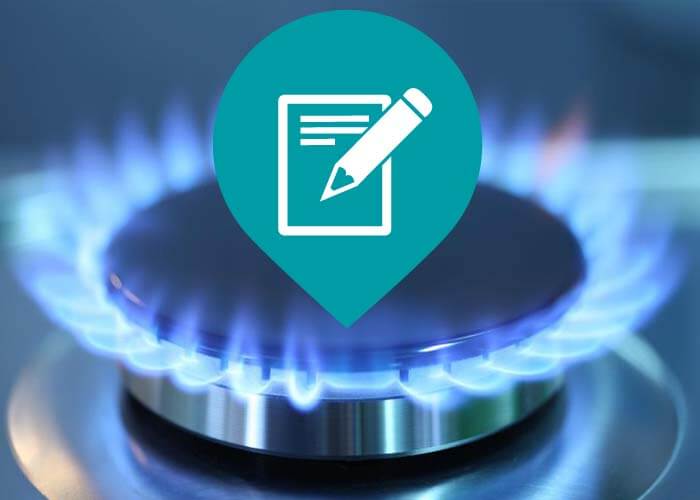
Just how Does the Gas Delivery System Job?
How Does the Gas Distribution System Work?
Gas flowing from higher to reduce stress is the fundamental principle of the natural gas shipment system. The quantity of stress in a pipe is gauged in extra pounds per square inch.
From the well, the gas enters into "event" lines, which are like branches on a tree, getting larger as they get closer to the main collection point.
Event Systems
An event system may require one or more field compressors to move the gas to the pipe or the handling plant. A compressor is an equipment driven by an internal burning engine or generator that develops pressure to "press" the gas through the lines. The majority of compressors in the natural gas delivery system make use of a small amount of gas from their very own lines as fuel.
Some natural gas gathering systems consist of a handling facility, which does such features as removing pollutants like water, co2 or sulfur that could wear away a pipe, or inert gases, such as helium, that would decrease the energy value of the gas. Processing plants also can remove small quantities of lp and also butane. These gases are made use of for chemical feedstocks as well as other applications.
The Transmission System
From the gathering system, the gas actions right into the transmission system, which is usually made up of about 272,000 miles of high-strength steel piper.
These large transmission lines for gas can be compared to the country's interstate highway system for autos. They move huge amounts of gas thousands of miles from the generating regions to neighborhood distribution firms (LDCs). The pressure of gas in each section of line generally varies from 200 extra pounds to 1,500 extra pounds per square inch, depending upon the kind of location in which the pipe is running. As a precaution, pipes are designed and built to manage far more stress than is ever before really reached in the system. For example, pipelines in even more booming areas operate at less than half of their layout pressure degree.
Several significant interstate pipelines are "knotted"-- there are two or even more lines running alongside each other in the same access. This supplies maximum ability during periods of peak need.
Compressor Stations
Compressor stations are located approximately every 50 to 60 miles along each pipeline to boost the pressure that is shed via the friction of the gas relocating through the steel pipeline. Several compressor stations are totally automated, so the tools can be begun or quit from a pipe's main control area. The control area can also remotely run shut-off shutoffs along the transmission system. The drivers of the system maintain in-depth operating information on each compressor station, as well as constantly adjust the mix of engines that are running to take full advantage of effectiveness and safety.
Gas relocations through the transmission system at up to 30 miles per hour, so it takes several days for gas from Texas to get to an energy invoice factor in the Northeast. Along the way, there are several interconnections with various other pipes as well as various other energy systems, which provides system drivers a good deal of adaptability in relocating gas.
Linepack
A 50-mile area of 42-inch transmission line operating at about 1,000 pounds of pressure includes about 200 million cubic feet of gas-- sufficient to power a kitchen range for greater than 2,000 years. The quantity of gas in the pipeline is called the "linepack.".
By increasing and also decreasing the stress on any type of pipeline segment, a pipeline firm can make use of the sector to keep gas during durations when there is less demand at the end of the pipe. Utilizing linepack in this way permits pipe drivers to take care of hourly fluctuations sought after very effectively.
Gas pipelines as well as energies use really sophisticated computer versions of customer demand for natural gas, which connect daily and hourly usage fads with seasonal and ecological elements. That's why clients can depend upon the dependability of natural gas-- when it's needed, it's there.
Gate Stations.
When the gas in a transmission pipe reaches a local gas energy, it normally travels through a "gateway station." Utilities regularly have entrance terminals getting gas at many different areas as well as from numerous different pipes. Gate stations offer three functions. Initially, they decrease the stress in the line from transmission levels (200 to 1,500 pounds) to distribution degrees, which vary from 1/4 extra pound to 200 pounds. Then an odorant, the unique sour aroma associated with natural gas, is added, to make sure that customers can scent also small quantities of gas. Ultimately, eviction terminal gauges Click for more the circulation price of the gas to establish the amount being gotten by the utility.